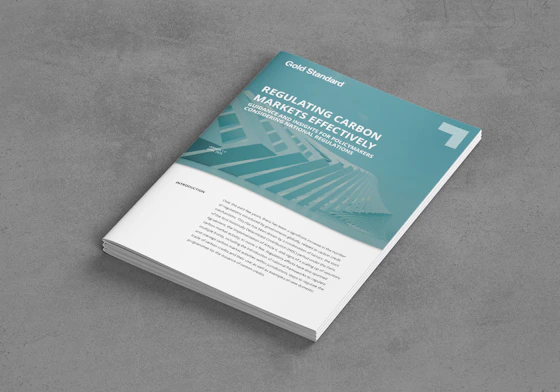News Room
FEATURED NEWS
Gold Standard Annual Report 2023
Navigating Corporate Responsibility
New SDG Impact Tool and Dashboard
Gold Standard Rice Sustainability Hub
Gold Standard is eligible for their Core Carbon Principles (CCPs)
All News & Publications
617 News
Order: desc
event webinar Gold Standard for the Global Goals - fNRB and CCP Updates
consultation Requirements and Procedures: Extension of Crediting Period of Forestry Activities
media release Gold Standard Signs Mutual Recognition Agreement with Indonesian Government
report Landscape Analysis of Academic Opportunity for Specialist Carbon Market Roles
event Colombia Carbon Forum | Evento de mercados de carbono
media release Gold Standard Strengthens Certification Framework with New Rules Supporting Paris Agreement Alignment and Biomass Accounting Updates
consultation Requirements and Procedures for Dual Certification - GS4GG and Premium T-Ver
report Regulating Carbon Markets Effectively
report Article 6 Annual Report
webinar Project finance for carbon activities
webinar series Masterclass Series
report Buyer’s Guide to High-Quality Cookstove Carbon Credits
event North American Carbon World
event Gold Standard at edie25
consultation Methodology for reducing methane emissions from cattle through direct conversion of methane
webinar Project development under the Paris Agreement
announcement Climate Action for People and Nature: Gold Standard’s 2025 Conference to Highlight Corporate Action and Project Impact
webinar Development of carbon crediting markets – an overview
consultation Contrail prevention to reduce aviation’s non-CO2 climate impacts



















